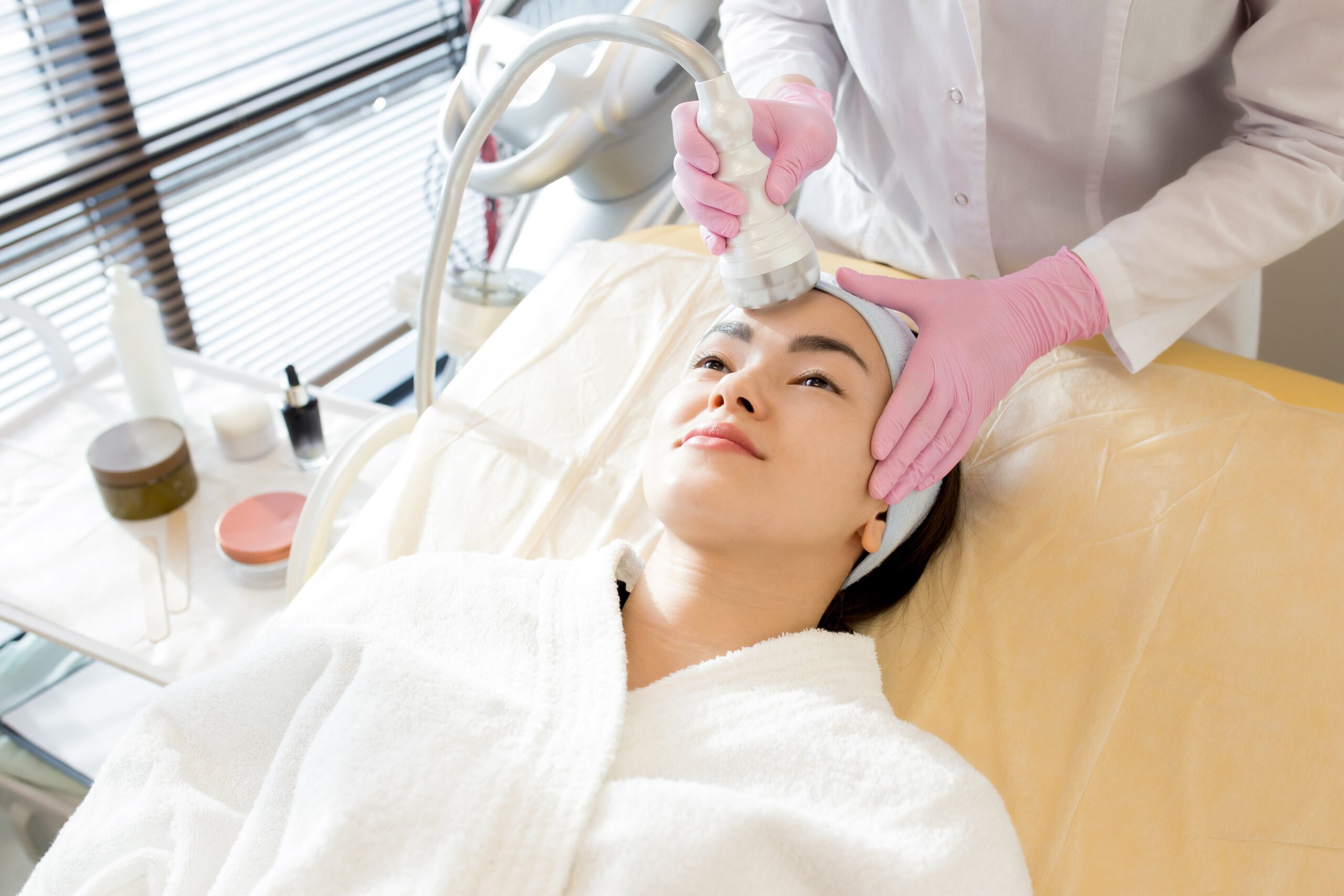
Fight Black Spots With These Skin Care Techniques That Work
Are you looking to fight black spots but not sure where to start? Black spots are common skin problems caused by clogged pores. There are many ways you can fight these black spots, but they’re not all created equal! For example, while you might have an easy time with some of these methods on your own, others require the help of a professional to perform.
So, if you’re struggling with black spots and wondering how to get rid of them the right way, make sure to read this article!

Vitamin C
Vitamin C is a powerful antioxidant that can repair skin damaged by pollutants, but it also has another benefit, which is fighting wrinkles and black spots.
It helps boosts the immune system and improves collagen production in the skin. Because of this, taking vitamin C supplements will enhance your skin’s appearance, but it can also reduce other signs of aging, like fine lines and wrinkles.
Hydroquinone
Hydroquinone is a chemical that helps lighten skin and prevent the formation of patches. It has been a popular ingredient in creams for decades, but many people try to avoid it nowadays because it can cause skin irritation.
A more natural way of getting rid of black spots is through lemon juice because it contains high levels of vitamin C, which is excellent for the skin.
Hydroquinone is, however, not without its drawbacks. A study found that it caused more severe side effects in many users, like more severe hyperpigmentation, scars on the skin, and itchiness for those with sensitive skin. It also causes sensitivity to UV rays and may cause permanent dermatitis.
Kojic Acid
Kojic acid is an ingredient from Japanese mushrooms and helps lighten the skin. It is made up of organic acids and has been a part of folk medicine for centuries.
Kojic acid can be in lotions, creams, tablets, or powders. Anyone with sensitive skin or skin disorders should not use Kojic acid. It is a substance that is an extract from mushrooms, and it works by interrupting the pigment-producing process of tyrosinase.
It is usually caused by an enzyme called dopaquinone. Kojic acid can be applied topically to the skin or swallowed orally.
Soy
Soy is one of the best skincare ingredients for combating hyperpigmentation. It’s also an excellent moisturizer because of its soothing effects on the skin.
Soybeans contain isoflavones, a phytochemical that can act as antioxidants in the body. It can help fight free radical damage. Be sure only to use organic soy products or made with non-GMO soybeans.
Soy milk helps improve skin, soothe redness, reduce the size of pores, and even prevent future breakouts. Soy milk is also an exfoliant to slough off dead skin cells.
Azelaic Acid
Azelaic acid is a natural compound made from grains and yeast. It is in many skincare products, including creams and serums.
This acid has been used for over 2 thousand years to treat skin problems like acne and eczema. Azelaic acid is also very effective in fighting body acne, and it can help reduce the appearance of black spots on the face.
It can fight dark spots, acne, and other skin conditions. Plus, it’s entirely safe for all types of skin tones.
The medicine comes in many different forms like a cream, lotion, or foam. The various forms vary in their texture and how quickly they dry on the skin. To get the best results from using Azelaic acid, you should use it twice daily.
Lasers
Lasers are a type of light that is quickly swept across your face. The laser beam’s energy enters the skin and destroys the discolored cells on your face. Lasers can also be used to reduce wrinkles or scars on your skin.
The laser lights up the black spot, which destroys it from the inside out. It’s essential to do this procedure in a controlled environment because lasers can damage healthy tissue too. You might need more than one treatment for the best results.
Lasers can be used anywhere on the body, including the face, neck, chest, hands, and legs. After treatment, your skin may be red and swollen. It will also appear sunburned, with peeling skin and small pink bumps that form scabs before they fall off.
Chemical Peels
Chemical peels are a great way to fight black spots. Chemical peels use exfoliation and acid to eliminate skin cells that have become dark or discolored.
These include glycolic acid, salicylic acid, trichloroacetic acid, and others. The peel will generally be in a doctor’s office or clinic, with only topical anesthesia needed. It can take 15 minutes to an hour to complete the procedure.
They usually use an acid chemical that causes the dead cells to slough off. Chemical peels can also be done at home or in a spa. The most popular types are glycolic, lactic, and salicylic. In addition to removing black spots, they can also help with age spots, acne scars, wrinkles, and hyperpigmentation.
Chemical peels can take up to two weeks to heal from the effects, and some people experience redness or irritation for a few days afterward. To avoid these side effects, make sure that you’re using a gentle acid like glycolic or lactic acid.
Microdermabrasion
Microdermabrasion is a skincare treatment that works to reduce black spots. A machine creates a vacuum that will then use tiny particles to scrub the top layer of skin.
It causes the cells in the top layer of skin to fall off, and new cells appear. In addition, this technique can also increase collagen production.
It’s important to note that there are risks associated with microdermabrasion, such as burning and infection. The outermost layer of skin will eventually renew itself, and it can take up to six weeks for new skin to grow.
It helps fight age spots and acne scars too. This treatment is also done in a spa setting and not in a doctor’s office, so you get more personalized attention from the staff who performs your treatments.
Final Thoughts On Best Skin Care Techniques To Fight Black Spots
It is important to remember that skincare and anti-aging are lifelong processes. If you are not currently seeing results with your current routine, there are several things that you can do to help improve the state of your skin.
Try new products, see a dermatologist, and consider taking prescription medications if necessary.

